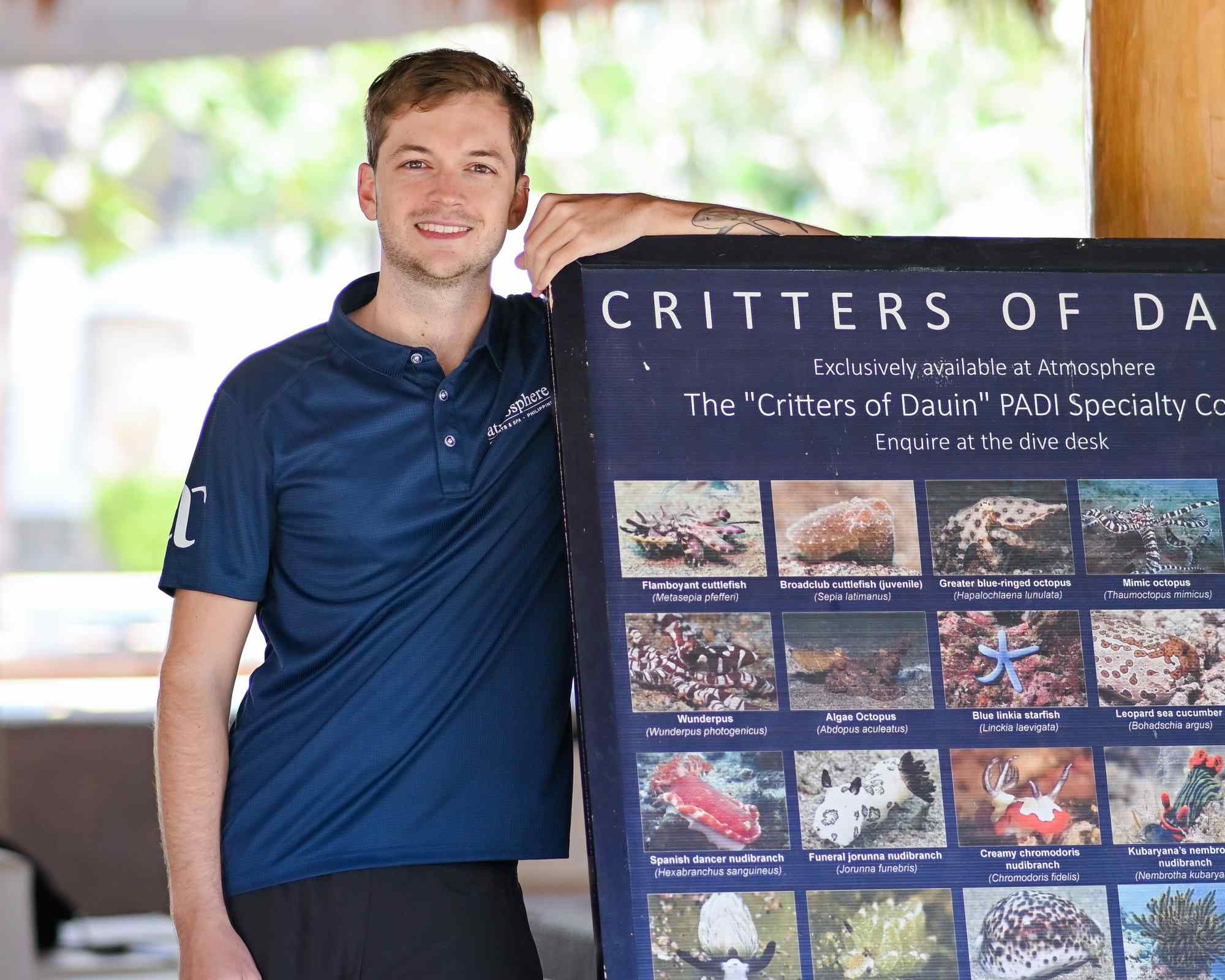Cephalopods are an extraordinary group of molluscs that include octopuses, squid, cuttlefish, and nautilus. There are known for their intelligence, complex behaviours, and unique physical adaptations. Cephalopods have fascinated scientists and marine enthusiasts alike. In this blog post, we’ll dive into the world of cephalopods. We will explore their biology, behaviour, and the reasons why they are considered some of the most remarkable creatures in the ocean.
What Are Cephalopods?
Cephalopods belong to the class Cephalopoda, a group characterized by bilateral body symmetry, a prominent head, and a set of arms or tentacles. These creatures are exclusively marine and can be found in oceans all over the world, from shallow coastal waters to the deep sea.
Key Characteristics of Cephalopods:
- Highly Developed Nervous System: Cephalopods possess the most complex nervous system among invertebrates. They have large brains relative to their body size, which supports their advanced behaviours and learning capabilities.
- Camouflage and Colour Change: Many cephalopods can change their skin colour and texture to blend into their surroundings, thanks to specialized cells called chromatophores, leucophores, and iridophores.
- Jet Propulsion: Cephalopods move by expelling water through a funnel-like structure called a siphon, allowing for quick bursts of speed to escape predators or capture prey.
- Regenerative Abilities: Some cephalopods can regenerate lost arms, a useful adaptation for escaping from predators.

You will need a keen eye to spot a pygmy squid!
The Diverse Members of the Cephalopod Family
- Octopus: Known for their intelligence, octopuses can solve complex puzzles, navigate mazes, and exhibit play-like behaviour. They have eight arms lined with suckers that can manipulate objects with great dexterity.
- Squid: Squid are fast swimmers and skilled hunters. They have elongated bodies and two specialized tentacles used to catch prey. Some species, like the giant squid, can grow larger than a school bus!
- Cuttlefish: Cuttlefish are known for their unique internal shell, called the cuttlebone, which helps control buoyancy. They are adept at changing their skin colour and texture, and their ability to communicate through dynamic colour displays is unparalleled.
- Nautilus: Unlike other cephalopods, nautiluses have external shells. They are considered living fossils, having remained relatively unchanged for millions of years. Nautiluses use a series of gas-filled chambers within their shells to regulate buoyancy and navigate the deep ocean.

Flamboyant cuttlefish flash their bright colours as a warning
The Intelligence of Cephalopods
One of the most intriguing aspects of cephalopods is their intelligence. Researchers have documented various behaviours indicating high cognitive abilities:
- Problem-Solving Skills: Octopuses can open jars to retrieve food, navigate mazes, and escape from enclosures.
- Tool Use: Some octopuses have been observed using coconut shells and other objects as shelters, indicating an understanding of tool use.
- Communication: Cuttlefish and squid communicate using complex patterns of colour changes, which can convey information about their mood, reproductive status, and more.
- Learning and Memory: Cephalopods can learn from experience and remember solutions to problems, displaying a level of intelligence comparable to that of some vertebrates.
Conservation and Threats
Despite their resilience, cephalopods face several threats, including:
- Overfishing: Many cephalopod species are harvested for food, leading to concerns about overfishing and population declines.
- Habitat Destruction: Coastal development, pollution, and climate change can negatively impact cephalopod habitats.
- Climate Change: Changes in ocean temperature and acidity can affect cephalopod physiology, behaviour and distribution.
Efforts to conserve cephalopod populations include sustainable fishing practices, habitat protection, and further research to understand their biology and ecology better.
Take the Critters of Dauin specialty, unique to Atmosphere!
Want to learn more about the incredible critters we see here in Dauin? Then the PADI Critters of Dauin specialty is perfect for you! Created by our in-house marine biologist, this specialty is unique to Atmosphere. It lets you into the secrets our guides use to locate even the smallest and most cryptic of critters. For more information, check out our previous blog post about the PADI Critters of Dauin specialty here.

Take the PADI Critters of Dauin specialty with me!
For bookings and enquiries about the PADI Critters of Dauin specialty, please email dive@atmosphereresorts.com
Want to know more about the incredible critters we see here along the Dauin coast and Apo Island? Check out the critters page on our website.






